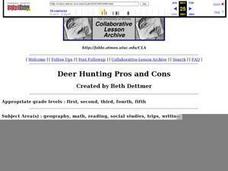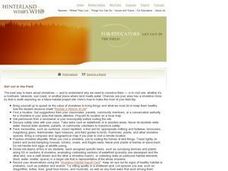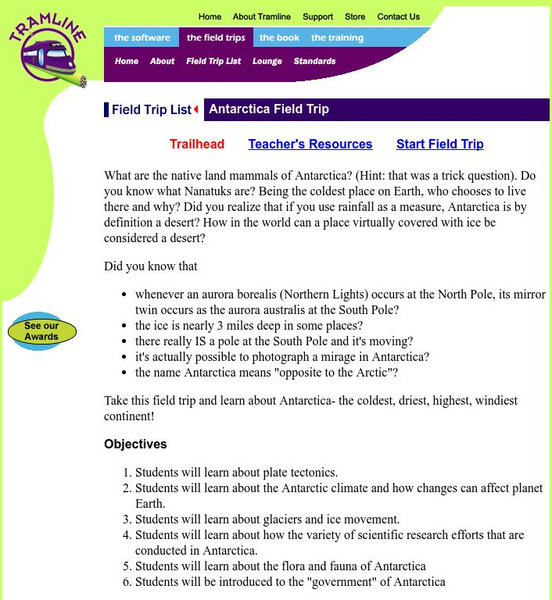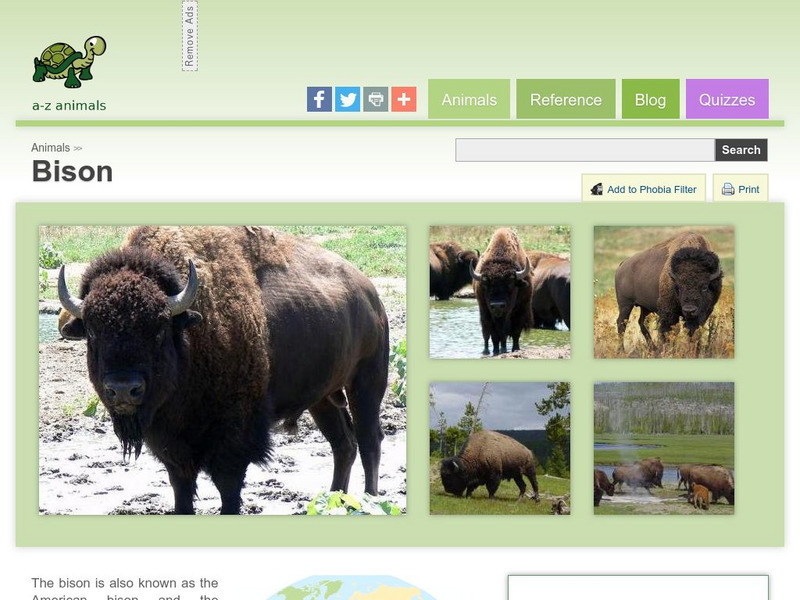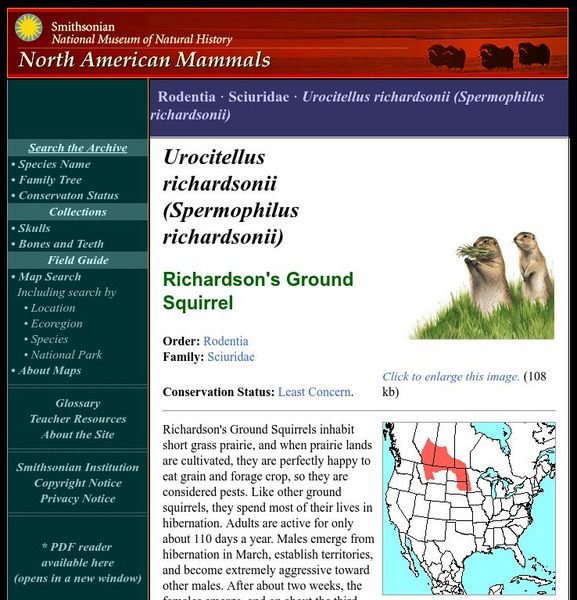Curated OER
Atlatl (Native Americans)
Students discover what an atlatl is and how to use it. In this Native American instructional activity, students discuss the history of the Native American atlatl and practice throwing with it. Students will analyze the effects of the...
Curated OER
Deer Hunting Pros and Cons
Students research, form an opinion, brainstorm pros and cons and support their own opinion after researching the pros and cons of deer hunting.
Curated OER
Birds of Wisconsin
First graders explore the job done by ornithologists. They role play identifying the characteristics that make a bird a bird. They discuss what makes each bird species unique. Students are introduced to Wisconsin's most common and rare...
Curated OER
Sorting Pond
Learners practice balancing while learning the classifications of different animals
Curated OER
Get Out in the Field
Students visit a shoreline--of an ocean, a lake, a pond, a riverbank, etc., survey it and record what they find there. They map the shoreline and surrounding area and conclude where potential waterfront projects could occur.
Curated OER
Show Me The Dinos
Students explore a site of numerous fossil excavations. Using an interactive quarry map, they locate dinosaur specimens and individual bones. In groups, students use "Show Me" cards to answer questions, compile information, and create...
Curated OER
Dinosaurs
In this earth science worksheet, students match each vocabulary term, that names something specific related to earth science, with its correct description found in the right column. They identify different types of scientists and various...
Curated OER
African Elephants
In this elephant worksheet, students read several factual paragraphs about African elephants. Students then answer several questions about the animals.
Pittsburgh Zoo & PPG Aquarium
Pittsburgh Zoo: Cheetah
Sometimes confused with leopards, cheetahs have spots instead of rosettes. Cheetahs also have distinctive markings on their face, known as tear stripes. Use this resource to discover other fascinating facts about this fast land mammal.
Tramline
Tramline: Antarctica Field Trip
"What are the native land mammals of Antarctica? Do you know what Nanatuks are? Did you realize that if you use rainfall as a measure, Antarctica is by definition a desert?" Find the answers to these questions and more in this...
Canadian Museum of Nature
Canadian Museum of Nature: Indricotherium
The Canadian Museum profiles the largest land mammal known to humans-the Indricotherium.
Ducksters
Ducksters: Cheetahs
What are cheetahs? Kids find out about the big cat that is the fastest of the land mammals and lives in Africa.
Chicago Zoological Society
Chicago Zoological Society: Zoo Explorer: Black Rhinoceros
Familiarize yourself with the massive black rhinoceros by browsing this brief overview from the Brookfield Zoo. This animal guide includes quick facts and information on its appearance, habitat, eating habits, and other unique behaviors...
Science4Fun
Science4 Fun: Elephant
Learn about the appearance, diet, habitat, conservation, and other fun facts about this large land mammal.
NSTATE
Alaska State Symbols and Emblems
Find out all about the state symbols and emblems of Alaska. Clicking on the words under the heading "Symbol/Emblem" will usually provide a picture and more information. The date the symbol was adopted is also included.
San Diego Zoo Global
San Diego Zoo: Cheetah
This comprehensive resource from the San Diego Zoo presents extensive information on cheetahs including details about their habitat, physical characteristics, size, diet, family life, conservation status, and fun facts. Audio clip provided.
A-Z Animals
A Z Animals: Animal Facts: Bison (Bison Bison)
Investigate the world of the Bison and discover information on the appearance, habitat, and conservation status of the largest land mammal in North America. Includes images and statistics.
Nature Conservancy
Nature Conservancy: Animals We Protect: American Bison
Illustrated profile of the American bison, the largest land mammal in North America.
Smithsonian Institution
National Museum of Natural History: American Mammals: Pacific Jumping Mouse
Pacific Jumping Mice are remarkably quick and unpredictable. They push off with both hind feet and land on both forefeet, apparently using the tail for balance--a Mouse who had lost its tail somersaulted trying to land. Learn more about...
Smithsonian Institution
National Museum of Natural History: American Mammals: Richardson's Ground Squirrel
Richardson's Ground Squirrels inhabit short grass prairie, and when prairie lands are cultivated, they are perfectly happy to eat grain and forage crop, so they are considered pests. Like other ground squirrels, they spend most of their...
Smithsonian Institution
National Museum of Natural History: American Mammals: Lesser Long Nosed Bat
The lesser long-nosed bat is associated with arid grassland, scrub land, and tropical dry forest. Its daytime roosts include caves and abandoned mines, where upwards of 10,000 bats sometimes congregate. Learn more about the Leptonycteris...
Smithsonian Institution
National Museum of Natural History: American Mammals: Nelson's Antelope Squirrel
Open, rolling land and gentle slopes with shrubs are the habitat of Nelson's Antelope Squirrel, which lives only in a small region of California in and near the San Joaquin Valley. The squirrels live in relatively small colonies of six...
Smithsonian Institution
National Museum of Natural History: American Mammals: Tundra Vole
Tundra Voles have the northernmost distribution of any North American species of Microtus. They are widespread in northern latitudes in Eurasia, too, where they are known as Root Voles, and probably migrated to North America across the...
Smithsonian Institution
National Museum of Natural History: American Mammals: Ribbon Seal
Ribbon Seals are rarely seen on land. In late winter and spring they are on pack ice, 100-200 km offshore, where they molt, mate, and pup. Learn more about the Phoca fasciata, more commonly known as a Ribbon Seal, in this easy-to-read...



